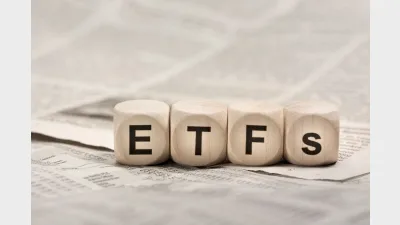New performance benchmark to improve super’s listed infrastructure exposure



The decision to adjust the Australian Prudential Regulation Authority (APRA) listed infrastructure performance benchmark will better represent the asset class and super funds’ investment choices in these assets, according to Maple-Brown Abbott.
The adjustment was announced earlier this month by Minister Stephen Jones amid a number of regulations to be updated for the August 2023 performance test.
For Australian and international listed infrastructure, the benchmark would change to the new FTSE Developed Core Infrastructure 50/50 100% Hedged to AUD Net Tax (Super) Index.
This benchmark had weightings much more representative of listed infrastructure on both a geographic and sector basis, said Andrew Maple-Brown, co-founder and managing director, Maple-Brown Abbott Global Listed Infrastructure.
“The adjusted APRA benchmark better facilitates a more balanced exposure to listed infrastructure and should help encourage super funds to invest in listed infrastructure assets in Australia and overseas,” he said.
For example, the North American exposure would be reduced from 82 per cent to 65 per cent and the exposure to transportation infrastructure (excluding railroads) would increase from 3 per cent to 23 per cent.
“The need to outperform the existing benchmark has served to concentrate portfolios towards unlisted assets. In our opinion, this was unnecessarily restricting super funds from being able to access the attractive benefits of listed infrastructure,” he said.
In recent months, super funds had been experiencing heightened scrutiny from the prudential regulator on unlisted asset valuation practices for more timely re-evaluations to avoid buying in at artificially high prices.
In January, APRA deputy chair, Margaret Cole, revealed it had already pulled up a number of super trustees for additional information in relation to their valuation practices of certain unlisted assets.
Steven Kempler, co-founder and portfolio manager at Maple-Brown Abbott, noted this benchmark change would be crucial given the significantly discounted valuations of listed infrastructure assets relative to private infrastructure assets.
He explained that listed infrastructure is trading materially cheaper than private infrastructure.
“The benchmark adjustment comes at an opportune time. It better facilitates super funds accessing quality infrastructure assets at relatively attractive prices, managed by high-performing listed infrastructure managers, within which Australian managers are globally recognised as leading performers,” Kempler said.
“The liquidity available to funds by having a portion of their infrastructure exposure allocated to liquid assets is particularly attractive.”
Speaking to Super Review sister brand Money Management, fund managers have previously highlighted how infrastructure and utilities hold up as “resilient business models” amid recession concerns and rising inflation, with toll roads, data centres, water utilities, and other communication infrastructure assets among the top picks.
Recommended for you
Long-term investors face a critical decision – stay the course or pivot, says leading economist Shane Oliver.
More Australians are turning to exchange-traded funds (ETFs) to grow their retirement savings, as evidenced by a series of recent product launches.
Superannuation trustees are failing grieving Australians, with an ASIC review uncovering excessive delays, poor service, and systemic failures in processing death benefit claims.
Prime Minister Anthony Albanese has called a federal election for 3 May, seeking to capitalise on Labor’s recent budget, just hours after Peter Dutton outlined his economic plan and accused the government of fuelling inflation through excessive spending.













